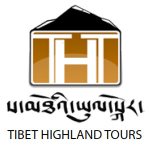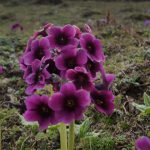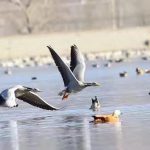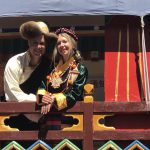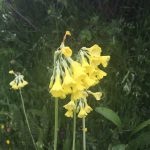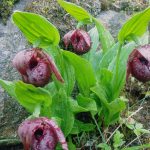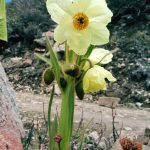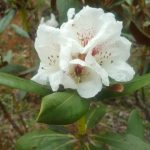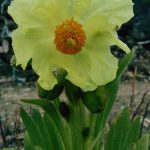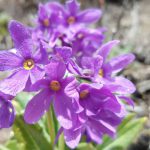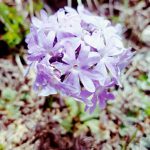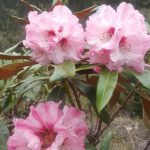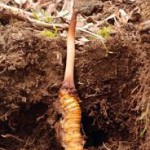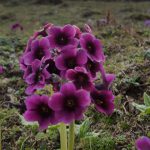Itinerary & Daily Schedule
Tibet is just like a giant plant Kingdom, with more than 5000 species of high-grade plants. Most of the the plant in Tibet are distributed in southeast Tibet, Like Medog, Chayu, Luooyu and Menyu. Tibet is also one of Chinas largest forest area, preserving intact primeval forest.
Many plants in Tibet have medical value. There are more than 1000 wild pants used for medicine, 400 of which are medical herbs most often used. Particulartly well known medicine plants include Chinese caterpillar fungus, Fritlillaria, thunbergii, Rhizoma picrorhizae, Rhizoma Gastrodiae, pseudo-ginseng, Codonopsis Pilosula, Radix Gentiane Macrophyllae, Radix Salviae Miltiorrhizae, glossy ganoderma, and Caulis Spatholobi.
In addition, there are over 200 known species of fungi, including famous edible fungi songrong, hedgehog hydnum, zhangzi fungus, mush rooms, black fungi, tremellas and yellow fungi. Fungi for medical use include tuckahoes, songganlan, stone-like omphalias.
The best place to study the various plants of Tibet is Nyingchi, east Tibet. There is a famous forest known as Lunang forest which is located at 3,700 meters above sea level, alongside the Sichuan Tibet Highway. The Lunang Forest is made up of bushes, dragon spruces, maple trees and pines. Due to Nyinchis lower altitude, most tourist travelling to Tibet also prefer to fly first to Nyingchi and then travel to Lhasa.
Tour Details
- All Tibet Travel permits
- English speaking Tibetan tour guide
- Pick up and drop off by airport bus
- All administrative fees
- All meals and accommodations for your guide
- All lodging listed in the itinerary.
- Breakfast each morning
- Entrance fees for the places listed in the Itinerary
- One time welcome meal for the group
- One box of mineral water plus shared Oxygen tank in car.
- Transportation costs to and from Tibet
- Chinese visa fees and passport fees
- Lunch and dinner
- Personal expenses (laundry, photography fees, souvenirs etc)
- Tips to the driver and guide
- Single supplement: 50$
